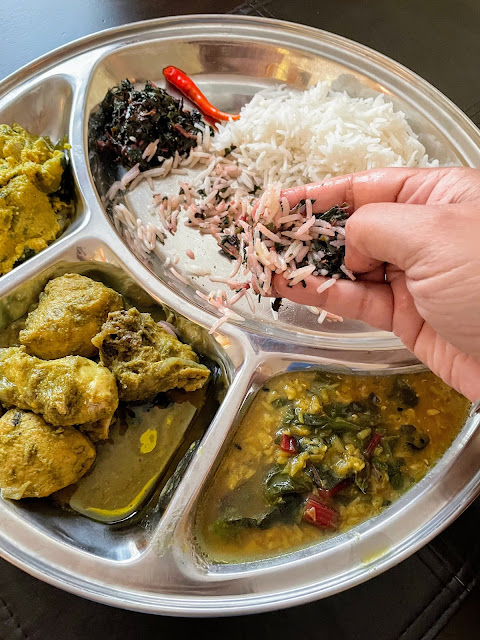I am thrilled to announce that my latest book, my first novel about food and love -- Those Delicious Letters published by Harper Collins India, has just been launched in India on August 20th. Please contact me if you would like to review the book or want a review copy for your bookclub.
The Details
Name: Those Delicious Letters
Author: Me. Yes, what were you thinking ?
Publisher: Harper Collins India
Buy here:
Buy from stores
About
Soon after her fortieth birthday, Shubha starts receiving monthly letters with traditional Bengali recipes from a mysterious lady in Calcutta claiming to be her grandmother. Drawn by the nostalgia in the letters and lured into the delicious world of forgotten food, Shubha starts experimenting with the recipes. Even as secrets are revealed and her own life unravels, the letters give her courage to take a second chance at life. Torn between the taste of success that the letters eventually bring her and her need to save her marriage, Shubha must find the perfect recipe for love.
Book Blurb
You would think, Shubhalaxmi Sen-Gupta aka Shubha, a tiny partner of a publishing boutique,
mother of teens, leads an “almost perfect life” in her charming house set in an idyllic east coast
neighborhood where she whips up delectable mushroom risottos. But when her workaholic and jet-
setting husband Sameer, throws her a surprise 40th birthday party, the tinkling of wine glasses sets off
a series of incidents that brings to surface the stark reality.
Compared to her marathon-running, dream job achieving friends, her life is actually more “Mother
India” than “Marilyn Monroe”...and with that realization, panic sets in. To top it all, her publishing
boutique has not had a single profit and is going steadily downhill, her marriage of eighteen years
seems to be crumbling and she feels a sad yearning for all those Bengali recipes her Mother cooked
and which she never had the courage to learn in her forty odd years.
Surprisingly, on the same month as her birthday, Shubha receives a handwritten-letter by postal mail
from Kolkata, India. A letter from a grandmother, she has never heard of or knows that existed.
Assuming it to be some postal service mishap, Shubha attempts to send the letter back. But her
curiosity gets the better of her and she is soon drawn into the grandmother’s rich narrative of another
era and aroma of delicious Bengali recipes which are just like her Mother’s.
The mysterious letters arrive each month, neatly written on paper, and follow the Bengali calendar
from month of Baishakh to Chaitra, replete with heirloom recipes typical of the season and month. As
Shubha navigates the letters, trying to find who they are from, she gets lured into the delicious world
of forgotten food; even as secrets are revealed and her own life unravels, the letters give her courage
to try out a new recipe each month. Through the fragrances of Hing er Kochuri, the pungent flavors of
golden mustard paste, the memories of silvery Ilish, she reconnects with her roots and deals with the
curve balls that life throws her way.
Traipsing through a year filled with delicious food and memories, Shubha tackles heartbreaks,
marriage, parenting, adventure and a failing business, with wit and élan.
Does Shubha find out who writes her those letters? Can she save her marriage and business? What
happens to the grandmother who shares her life and food through those letters?
A rich tapestry of rediscovering love and family while straddling two continents, peppered with humor,
colorful characters and lip-smacking food!
Download the free first Chapter
First Chapter-Those Delicious Letters
Book Reviews
Madhulika Liddle -- author of widely acclaimed books featuring the 17th century Mughal detective Muzaffar Jang, and also a prolific writer of short fiction, travel writing, and writing related to classic cinema.
"The simple sweetness of the story is matched by the heartwarming sweetness of most of the characters—of whom Shubha is especially endearing. She is the narrator, and I found her very relatable: not as perfect as most of the crowd she moves in, trying but not always succeeding, rather nutty, and so very real.
The letters from Didan were a delightful glimpse into the Bengal of the past: its traditions, its scenery, its seasons, its festivals. And the food. The food was mouthwatering, the descriptions making me want to rush out to shop for all the groceries and start cooking. (Fortunately, detailed recipes are provided, one per chapter, to help readers like me get their Bong food fix).
If you like food novels, this one’s a must-read. Fun, engrossing, light-hearted—and truly delicious."










